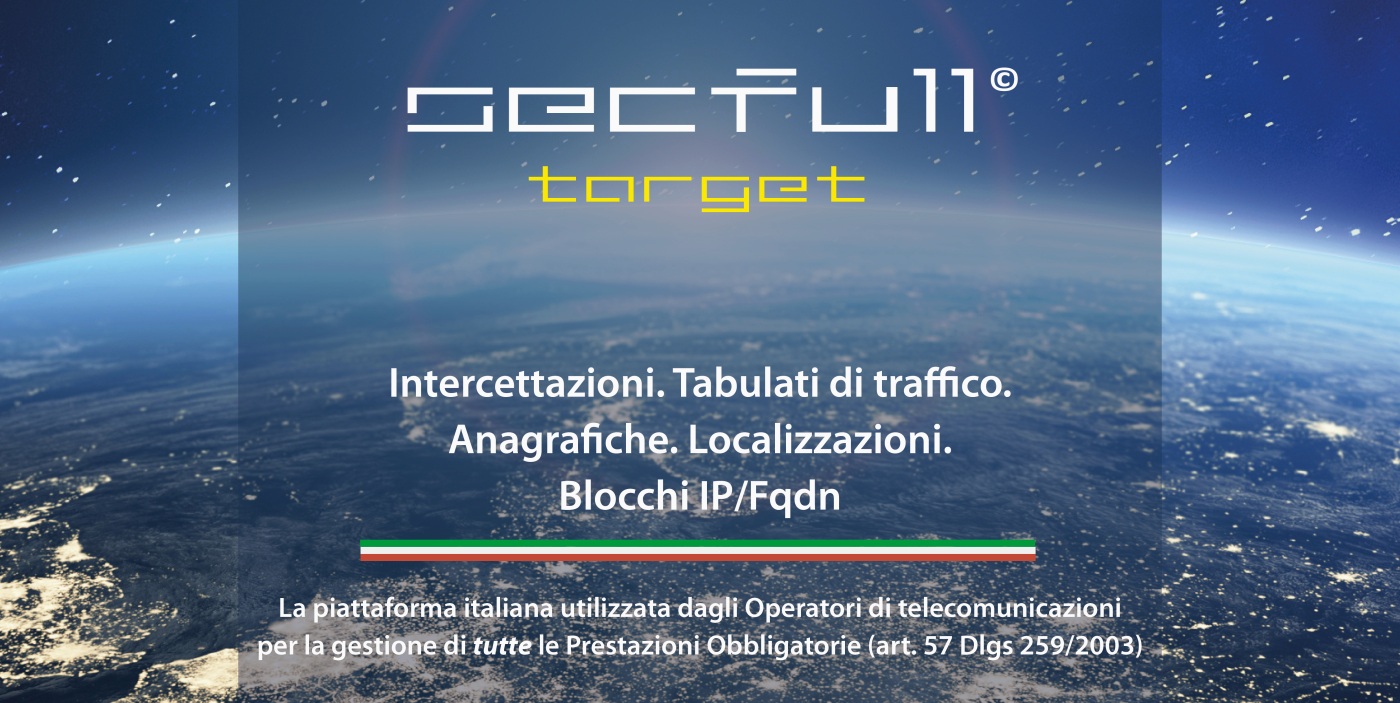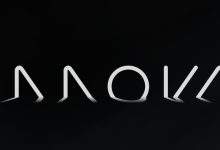Il dott. Fausto GALVAN dal 1991 presta servizio nell’Arma dei Carabinieri, attualmente con il grado di Maresciallo Capo. Ha conseguito la Laurea in Matematica nel 2002 ed il Dottorato di Ricerca in Informatica nel 2016, entrambi presso l’Università degli Studi di Udine.
Il suo campo di studio è l’Informatica Forense, ed in particolare la Image/Video Forensics. E’ autore di una decina di pubblicazioni per riviste scientifiche e conferenze internazionali, capitoli di libri e riviste nazionali. E’ stato membro del comitato scientifico ed organizzatore, ed è intervenuto in qualità di relatore, in seminari e convegni a carattere nazionale ed internazionale. E’ socio istituzionale IISFA dal 2009.
Articoli pubblicati
 Image/video forensics: theoretical background, methods and best practices. Part three – Tools for operational scenarios -
Image/video forensics: theoretical background, methods and best practices. Part three – Tools for operational scenarios - by Fausto Galvan and Sebastiano Battiato (N. III_MMXIX)
From the beginning of this century, Image/Video Forensics experts faced the need to extract the largest number of information from a digital visual content, developing a plethora of methods and algorithms. These approaches, which may concern the authentication of images or videos, the identification of the device in which the visual data was originated, or the alterations to which the document has been subjected, find applications both in the civil and criminal context. In a series of three papers, we provide first an introductory part about the powerful impact of images and videos in today’s reality, followed by a section where we highlight the differences between the analog and digital age in the formation of an image. Then we will define what is a digital evidence, and we will introduce Image/Video Forensics as a branch of the forensic sciences, highlighting its potential and limits. In the following, we will examine in detail some methods allowing to retrieve information from images when they are not readily available, and finally will provided a list of free and non-free software to face the daily challenges coming from processing images and videos for forensic purposes. The work ends with a list of publications containing the Best Practices in the field.
 Image/video forensics: theoretical background, methods and best practices – Part two: From analog to digital world -
Image/video forensics: theoretical background, methods and best practices – Part two: From analog to digital world - by Fausto Galvan and Sebastiano Battiato (N. I_MMXIX)
From the beginning of this century, Image/Video Forensics experts faced the need to extract the largest number of information from a digital visual content, developing a plethora of methods and algorithms. These approaches, which may concern the authentication of images or videos, the identification of the device in which the visual data was originated, or the alterations to which the document has been subjected, find applications both in the civil and criminal context. In a series of three papers, we provide first an introductory part about the powerful impact of images and videos in today’s reality, followed by a section where we highlight the differences between the analog and digital age in the formation of an image. Then we will define what is a digital evidence, and we will introduce Image/Video Forensics as a branch of the forensic sciences, highlighting its potential and limits. In the following, we will examine in detail some methods allowing to retrieve information from images when they are not readily available, and finally will provided a list of free and non-free software to face the daily challenges coming from processing images and videos for forensic purposes. The work ends with a list of publications containing the Best Practices in the field.
 Image/video forensics: theoretical background, methods and best practices – Part one: Can we trust Images and Videos? -
Image/video forensics: theoretical background, methods and best practices – Part one: Can we trust Images and Videos? - by Fausto Galvan and Sebastiano Battiato (N. IV_MMXVIII)
From the beginning of this century, Image/Video Forensics experts faced the need to extract the largest number of information from a digital visual content, developing a plethora of methods and algorithms. These approaches, which may concern the authentication of images or videos, the identification of the device in which the visual data was originated, or the alterations to which the document has been subjected, find applications both in the civil and criminal context. In a series of three papers, we provide first an introductory part about the powerful impact of images and videos in today’s reality, followed by a section where we highlight the differences between the analog and digital age in the formation of an image. Then we will define what is a digital evidence, and we will introduce Image/Video Forensics as a branch of the forensic sciences, highlighting its potential and limits. In the following, we will examine in detail some methods allowing to retrieve information from images when they are not readily available, and finally will provided a list of free and non-free software to face the daily challenges coming from processing images and videos for forensic purposes. The work ends with a list of publications containing the Best Practices in the field.
 VERIFICA DELL’ATTENDIBILITÀ DI UN ALIBI COSTITUITO DA IMMAGINI O VIDEO -
VERIFICA DELL’ATTENDIBILITÀ DI UN ALIBI COSTITUITO DA IMMAGINI O VIDEO - di Sebastiano Battiato e Fausto Galvan (N. II_MMXIV)
Tra le conseguenze che l’informatizzazione globale ha sul mondo delle investigazioni, vi è il sempre maggior utilizzo di strumenti digitali per la creazione di alibi. In questo contesto, le immagini e/o i video opportunamente modificati sono molto sfruttati. Al fine di rivelare le manipolazioni dei documenti visivi, oltre ai metodi forniti dalla Image Forensics “classica” vengono qui considerati, in una visione più globale del fenomeno falsificatorio, gli approcci che analizzano la possibile presenza di falsi originali. Alcuni esempi tratti da casi reali completano la trattazione.
 RICOSTRUZIONE DI INFORMAZIONI 3D A PARTIRE DA IMMAGINI BIDIMENSIONALI -
RICOSTRUZIONE DI INFORMAZIONI 3D A PARTIRE DA IMMAGINI BIDIMENSIONALI - di Sebastiano Battiato e Fausto Galvan ( n.IV_MMXIII )
Tra gli strumenti di indagine disponibili oggigiorno, cominciano a farsi strada anche metodi che permettono di estrapolare da una (o più) immagini informazioni relative alle dimensione di oggetti e/o persone fotografate. Alcuni di questi algoritmi rendono possibile ricostruire l’intera scena 3D ripresa dalla camera al momento dello scatto. Dopo una breve introduzione alla teoria matematica di riferimento verranno brevemente elencati alcuni risultati di rilievo già utilizzati ampiamente in ambito investigativo.
 LA VALIDITÀ PROBATORIA DELLE IMMAGINI E DEI VIDEO -
LA VALIDITÀ PROBATORIA DELLE IMMAGINI E DEI VIDEO - di Sebastiano Battiato e Fausto Galvan ( n.II_MMXIII )
Il numero di immagini in circolazione sul web, e non solo, è in costante aumento. Questo scenario ha un inevitabile riscontro in ambito forense: è sempre più improbabile che un evento delittuoso possa consumarsi senza che la scena del crimine o parte di essa, oppure l’autore del fatto, non vengano ripresi da un sistema di videosorveglianza. La relativa facilità con cui al giorno d’oggi l’uso di software di fotoritocco o di editing video, anche di facile reperimento, permette di “comporre” una immagine o “montare” una scena alterandone i contenuti originari impone che l’acquisizione ed il trattamento di immagini e video digitali sia regolato da “best practice” di riferimento.




